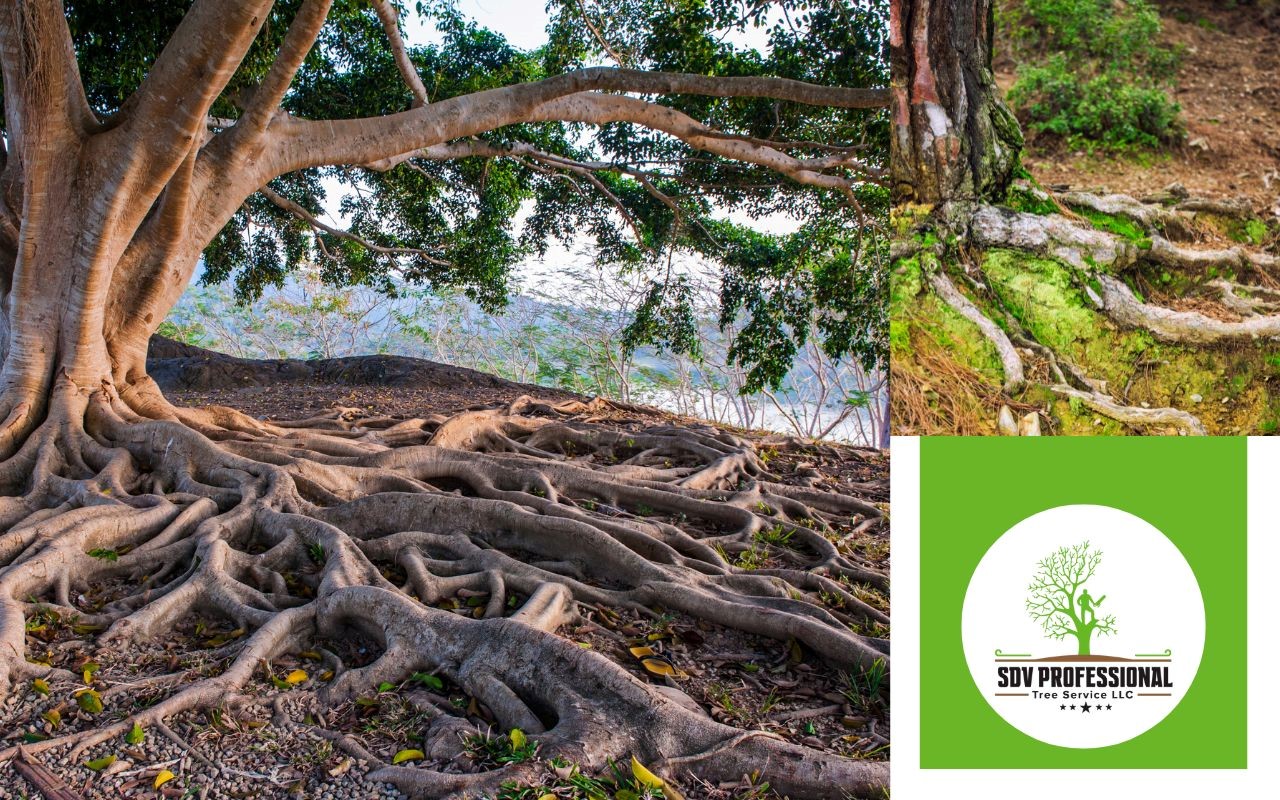
How to Identify Root Rot – Recognize and Treat
How to Identify Root Rot? Your houseplant may be wilting, showing yellow leaves, or persistently losing leaves despite your best efforts. Rotting roots could be to blame.
Overwatering of plants frequently leads to root rot. Set down your watering can, take a step back, then continue reading for our top advice on how to treat root rot in houseplants.
What Is Root Rot?

Plant roots rot due to the disease known as “root rot.” It has two causes and is brought on by extended exposure to moist soil conditions. First, excessive watering can deprive a plant’s roots of oxygen, causing them to rot and eventually die.
All the origins may quickly become infected with this rot, which may continue even after the soil conditions have improved. Injurious fungi in the soil that flourish when exposed to moist soil conditions are the second cause of root rot.
Fusarium and pythium are the two main varieties of soil fungi that can cause root rot. Pythium is a bacterial organism frequently spread by fungus gnats, and fusarium is a common soil fungus that thrives on dead or dying plant tissues. Even though there are numerous potential root rot causes, they all require the same treatment.
How Plants Get Root Rot
When plants are subjected to extreme moisture conditions, they develop root rot. Since water can be held in the soil more easily indoors than outdoors, plants are more prone to developing root rot. There are several causes of overwatering.
The most prevalent causes are poor drainage and excessive irrigation. It is significant to remember that some plants might be more prone to root rot than others. For instance, plants that prefer dry environments, like cacti and succulents, are more likely to become overwatered than plants that prefer moist environments, like ferns or Calathes.
Root Rot Prevention – How to Identify Root Rot
Prevention is the best defense against root rot, and there are a few different ways to do so. Overwatering is a common cause of root rot. Be careful to educate yourself on the thorough watering and maintenance requirements of your plant. A suitable amount of water for one plant may cause overwatering and root rot for another since some plants demand substantially more water than others.
Proper Drainage
Proper drainage should also be present to prevent water from building up around the roots of indoor plants. The kind of soil and container affect how much drainage a plant can access. Different types of soil and soil mixtures have drainage to varying degrees.
Type of Soil
For instance, sandy soil is considered to have excellent drainage, while clay soil retains water well. Don’t just assume that sandy soil will work for every plant because the type of soil you should use varies depending on the plant! Find out which soil is best for your particular plant by doing some research.
Flowerpots Counts
Additionally, houseplants must always be placed in a container with a drainage hole so that water that is added to the soil while watering can drain away.
Since many decorative planters lack drainage holes, we advise placing your plant in a smaller plastic nursery pot before setting it inside the decorative planter. When watering, you can take out the plastic pot, water the plant, and then put it back inside its attractive planter until the next watering, letting all the extra water drain from the pot.
Let us help you with your Root Rot Problems.

Contact us now, and let us help you treat the trees with root rot in the best and fastest way possible. Stop worrying about your Root Rot Problems!
